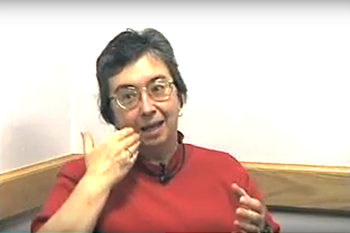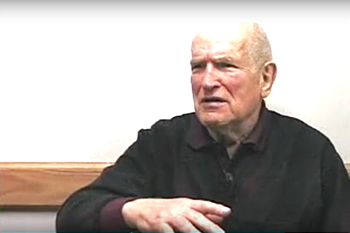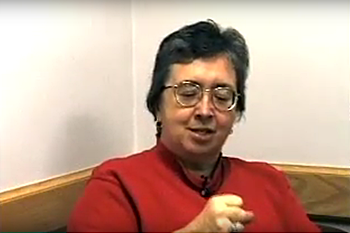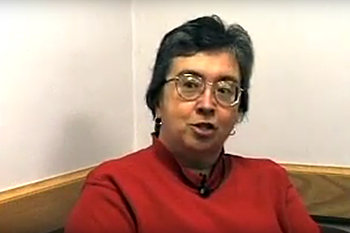Prevention and Treatment
Medical complications following a stroke can include pulmonary embolus due to deep venous thrombosis, pneumonia, or myocardial infarction to name just three. The recent decrease in the number of stroke deaths in the U.S. reflects improved acute stroke care and prevention of the medical complications of stroke. However improvement in the detection and treatment of hypertension beginning in the 1970s appears to have had the most substantial influence on the recent decline in stroke mortality.
Aggressive prevention can reduce a patient's risk of having a first stroke
Individuals can decrease their risk of stroke and stroke mortality first and foremost by controlling blood pressure, as chronic hypertension is a powerful determinant of risk for both ischemic stroke and intracranial hemorrhage. Other important measures often associated with significant stroke risk reduction include abstaining from cigarette smoking, increasing physical activity, maintaining a normal BMI, managing blood lipid levels, and, if appropriate participating in treatment of diabetes mellitus, cardiovascular disease, and atrial fibrillation. Additional medical or surgical treatment can reduce the chances of strokes in individuals who are at particularly high risk, including those who have had a recent TIA (a warning sign of stroke) or myocardial infarction, or those with atrial fibrillation. Additional potentially modifiable risk factors for stroke continue to be actively studied.
Therapies administered during an acute ischemic stroke can sometimes reverse or limit brain injury
In certain patients, both thrombolytic and thrombus-extracting treatments may entirely reverse the course of an acute ischemic stroke or limit the permanent brain injury that it produces. However, their use requires recognizing that the patient is experiencing one or more warning signs of stroke, and acting immediately (by calling 9-1-1 or emergency medical services) so the patient reaches the hospital within the first 1-2 hours after symptoms began. The benefits of both therapies is time dependent, with earlier treatment associated with greater benefits. Studies suggest that at best only about one-third of those who have a stroke will access the ED in less than 2 hours.
| The Five Warning Signs of Stroke |
|---|
|
Recently the American Stroke Association has adopted F.A.S.T. to help patients and witnesses easily remember the most common signs and symptoms of stroke and how they should respond:
- F – Face Drooping
- A – Arm Weakness
- S – Speech Difficulty
- T – Time to call 9-1-1 (emergency medical services)
Ongoing research should provide future physicians with additional ways to limit brain damage once the “triggering” vascular event has occurred, and to select the patients who are likely to benefit from these therapies. There are also exciting advances in the area of stroke rehabilitation.
At present, physicians are more successful at reducing the chances that a stroke will occur in the first place, than at reversing ongoing tissue injury or improving post-stroke function.



